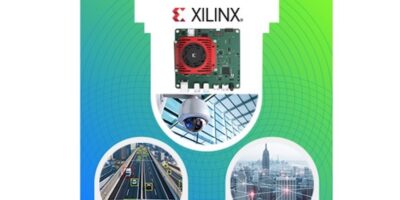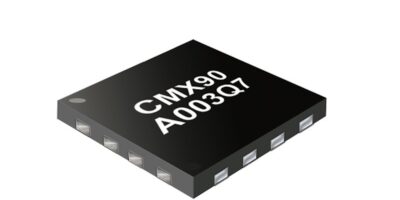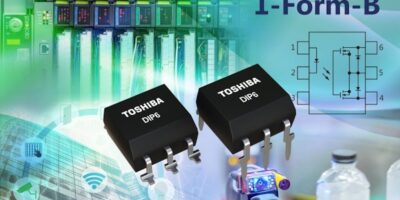Design engineers with no previous experience in artificial intelligence (AI) development can implement designs and algorithms onto an FPGA platform using the Kria KV260 Vision AI starter kit from Xilinx.
The Kria KV260 is purpose-built to support accelerated vision applications and is an excellent way for consumer and industrial developers to get up and running in less than an hour with no knowledge of FPGAs or FPGA tools.
The Kria KV260 Vision AI starter kit enables developers to add customisation and differentiation via preferred design environments, at any level of abstraction, from application software to AI model to FPGA design. The kit is the fastest and easiest platform for application development to volume deployment on Kria K26 system on modules (SOMs).
The Kria KV260 Vision AI starter kit includes multi-camera support for up to eight interfaces, three MIPI sensor interfaces, a USB camera, a built-in in-plane switching (ISP) component, HDMI DisplayPort outputs, and Gigabit Ethernet and USB 3.0 / USB 2.0 connectivity features. The kit also allows developers to extend to any sensor or interface and provides access to the Pmod ecosystem. The KV260 has multi-camera support via ON Semiconductor Imager Access System (IAS) and Raspberry Pi connectors.
As a global authorised distributor, Mouser claims to offer the world’s widest selection of semiconductors and electronic components that are in stock and ready to ship.
Mouser’s website hosts an extensive library of technical resources, including a Technical Resource Centre, along with product data sheets, supplier-specific reference designs, application notes, technical design information and engineering tools.
Mouser Electronics is a Berkshire Hathaway company. Its website is available in multiple languages and currencies and features more than five million products from over 1,100 manufacturer brands. Mouser offers 27 support locations worldwide to provide best-in-class customer service in local languages, currencies and time zones. The distributor ships to over 630,000 customers in 223 countries/territories from its distribution facilities in the Dallas, Texas, USA.







